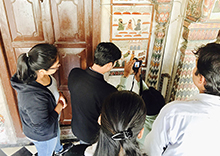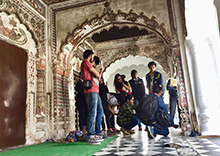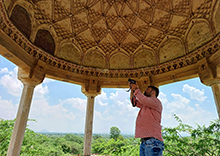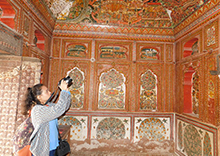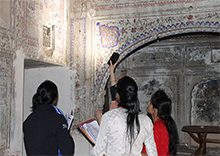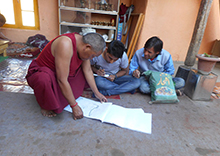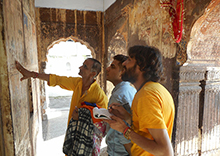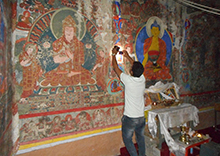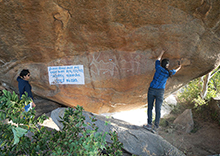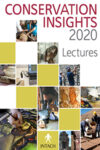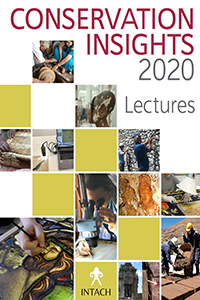Methodology
India comprises 28 states and 8 Union Territories; each of which has its unique wall paintings. However, documenting these paintings can be a difficult and time-consuming task, The country is administratively divided into various levels such as states, districts and tehsils. The Art and Material Heritage Division of INTACH initiated the WPD project through its network of Chapters and INTACH Conservation Institute (ICI) centres.
The methodology includes:
- Survey and Photo-documentation – The primary objective of the project is to identify all the heritage sites that have wall paintings within the state which is further divided into districts, tehsils, etc. to initiate the process of survey. The state team of WPD researches historic buildings and gathers information from locals. In this, the network of INTACH offices around the country plays a significant role. The trained WPD survey team documents these wall painting sites and records them photographically. Wall painting sites that are not over 100 years old during the time of the survey are not considered for the documentation process. Also, the wall painting sites that are entirely repainted with modern industrial pain and have no traces of original paintings left are excluded from the survey.
- Inventorization – The second step involves the preparation of inventories as it is an intelligible way of documenting wall paintings, structures and sites. The inventories include descriptive data including name, date, location, architectural description, painting technique, ownership, use, protection status, assessment of significance, previous interventions and present status of conservation of wall painting sites. In addition to that, the area of painting is measured and a note on its stratigraphy is also prepared by the survey team.
- Condition Assessment – The process of documentation also helps in assessing the condition of wall painting sites and identifying the various forms of deterioration.
- Research and Editing -The inventories are evaluated, and photo documentation is reviewed. Additionally, desktop research is conducted to prepare the contents of the directory.
- Publication – The gruelling process of research, editing and designing leads to the final publication of the Directory.
- Outreach and publicity – The book is made available at INTACH shops and Amazon websites and shared with significant stakeholders and libraries. The database created becomes an important source of information for art historians, researchers, students, conservators as well as tourists.
Special Note: A two-day orientation training program was designed by the WPD Head Office to initiate the documentation in a state. The Head Office coordinates with the concerned State conveners or co-conveners of the state and interested participants, who show a willingness to be a part of the project and are invited to the training program. The primary objective of the workshop is to train the surveyors for quality results. During the training, selected participants visit a wall painting site wherein they learn to use the tools and techniques required for documenting a wall painting site under the guidance of the WPD Head Office team. Selected participants are further short-listed/ selected to form a WPD team (for a particular state).



